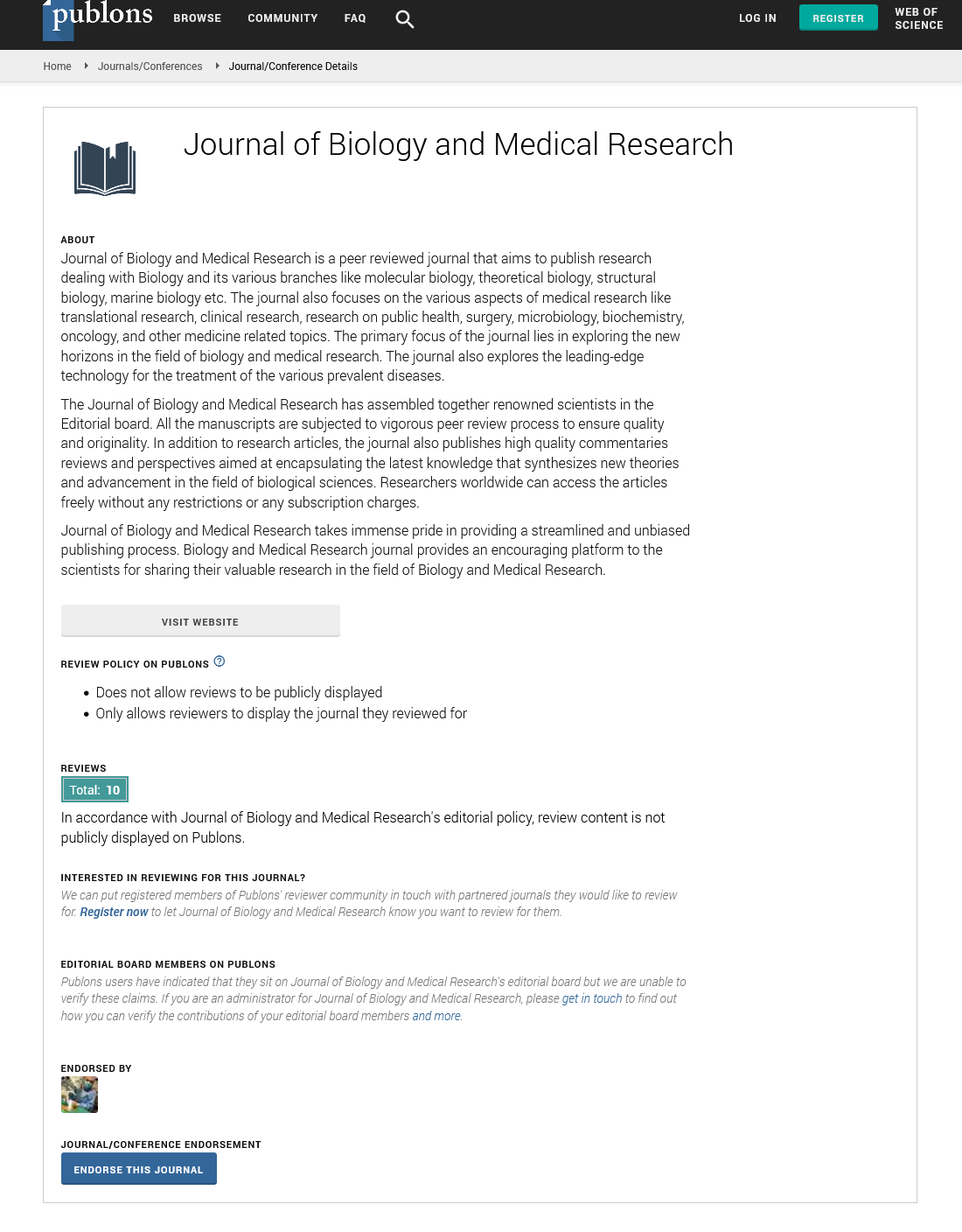Abstract
Association of HMOX-1 with sporadic Alzheimer's disease in southern Han Chinese
Study objectives: To discover the associations between HMOX-1 and Alzheimer’s disease (AD).
Methods: 500 AD patients and 500 healthy controls were recruited in this study. AD was diagnosed by neurologist specialized in dementia base on NINCDS-ADRDA criteria. Blood samples from AD patients and healthy controls were used for DNA extraction and Polymer chain reaction (PCR).Student t test and Chi-square analysis was used for statistical analysis.
Results: The dominant model and the recessive model of HMOX-1 rs2071746 were shown statistically significant between AD patients and control after adjustment of age, gender and education (Dominant model: p value: 0.047, OR: 1.34, 95% CI: 1.00 – 1.78, adjusted; recessive model: p value: 0.049, OR: 1.34, 95% CI: 1.00 – 1.80, adjusted). There is also a trend of association between dominant model and LOAD after adjustment of age, gender and education (Dominant model: p value: 0.084, OR: 1.37, 95% CI: 0.96 – 1.95, adjusted).
Author(s): Hongxiang Yu
Abstract | PDF
Share This Article
Google Scholar citation report
Citations : 80
Journal of Biology and Medical Research received 80 citations as per Google Scholar report
Journal of Biology and Medical Research peer review process verified at publons
Abstracted/Indexed in
- Google Scholar
- Publons
Open Access Journals
- Aquaculture & Veterinary Science
- Chemistry & Chemical Sciences
- Clinical Sciences
- Engineering
- General Science
- Genetics & Molecular Biology
- Health Care & Nursing
- Immunology & Microbiology
- Materials Science
- Mathematics & Physics
- Medical Sciences
- Neurology & Psychiatry
- Oncology & Cancer Science
- Pharmaceutical Sciences
